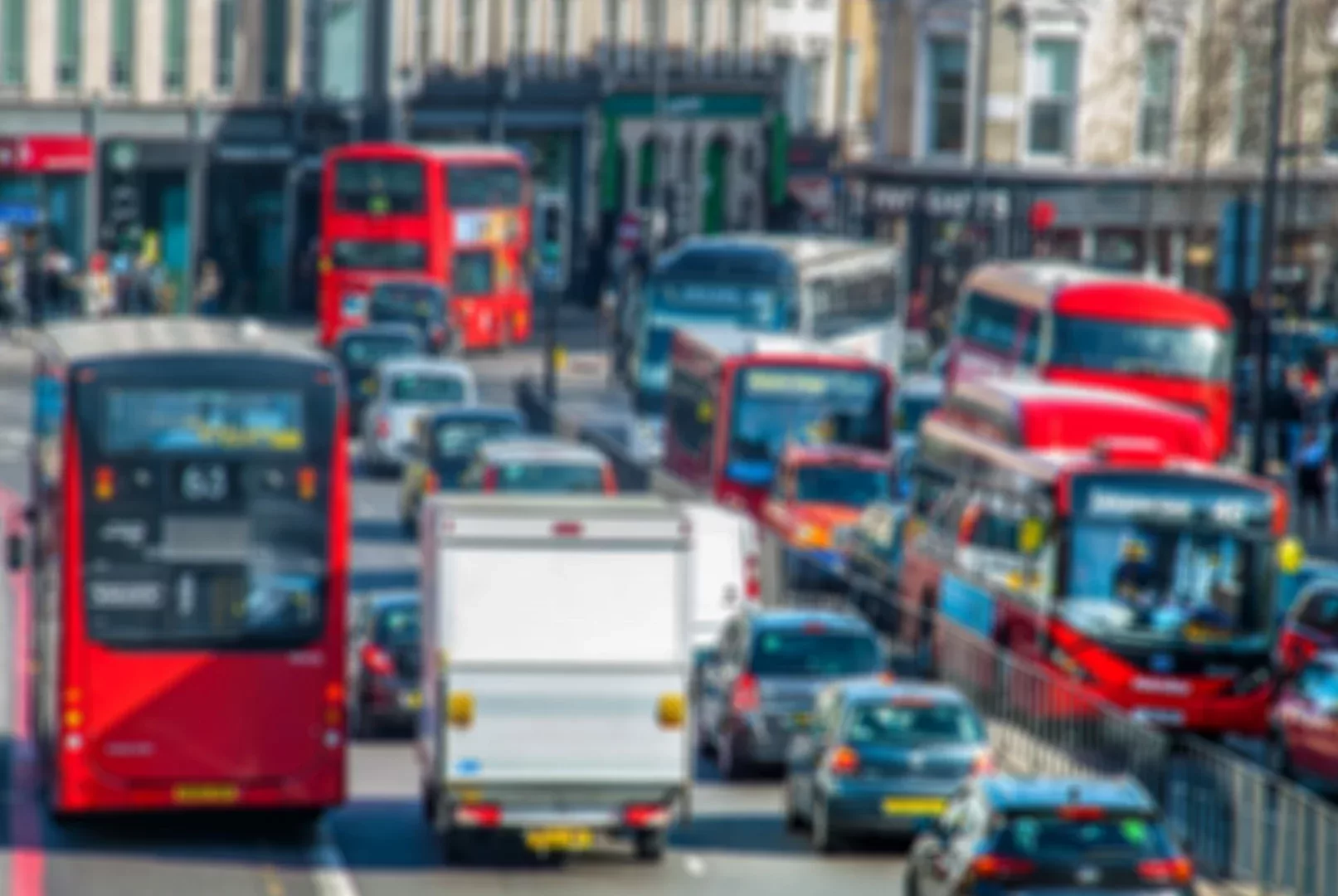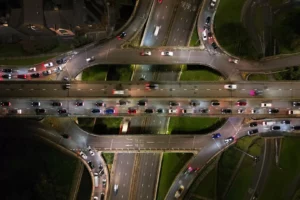A new report looking at how to convince people living in London to give up using their private cars suggests transport planners need to combine positive and negative incentives, and to make sure they’re well communicated, so it’s easy for people to compare costs and make choices.
The Centre for London’s report says schemes like ULEZ, concessionary public transport fares, “try before you bike” and subsidised bike hangars help, but aren’t enough.
The report says policymakers can make incentives more effective by combining policy together into coherent packages, and they can also make it easier for people to know which incentives exist and what they could save by switching away from cars.
The researchers found that the ‘carrots and sticks’ approach to transport policy, where financial incentives and disincentives are combined, is an effective way to encourage sustainable travel.
Combining policies is effective because:
- It increases public acceptance. For example, in 2003 Ken Livingstone introduced the congestion charge to reduce the number of cars driving through central London – this was a ‘stick’. The ‘carrot’ was the creation of 300 additional bus routes to provide affordable alternatives to driving and to make the congestion charge more acceptable to Londoners.
- It makes schemes feasible. Policymakers could use this approach to fund incentives for active travel and public transport. For example, Nottingham council imposed an annual tax on car parking spaces provided by employers to help pay for an extension to the city’s tram and upgrades to its central stations.
- It ensures fairness. Additional charges to motorists often pose legitimate concerns for people on low incomes. But there are ways to offset this negative effect. For example, the Mayor’s scrappage scheme, that offers a grant payment to low-income Londoners to replace their non-ULEZ compliant car, addresses the difficulty that some people face with upgrading to a new vehicle.
It adds ideas for communicating the cost of driving, such as an interesting webpage showing that the total cost of owning a car, apps providing more information about the comparative cost of driving and targeted information campaigns for people who have recently moved to a new borough can help inform residents about ways to go around when they register for their council tax.
Read the report here.
(Picture – Yay Images)





















